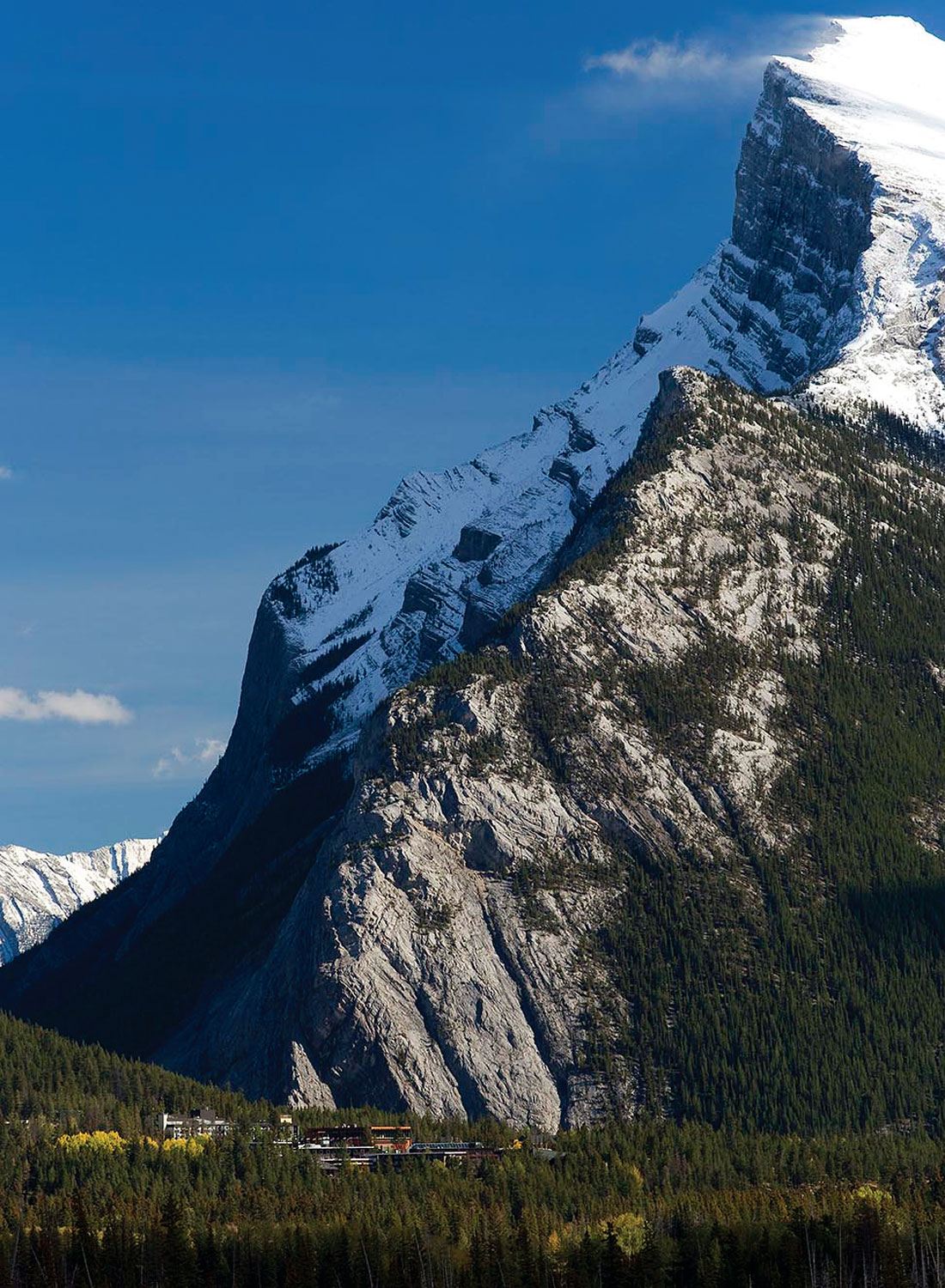While planning the technical programme for the First EAGE Latin America Workshop in Cartagena a few years ago, a few of us in the technical committee observed that there were several Canadians presenting, in both the regular sessions and as invited keynotes. Gladys Gonzales, current EAGE president, was the chair of that workshop. Through her matter-of-fact way of speaking, she expressed that this is an obvious outcome, since land seismic problems have been such a focus of Canadian geophysicists. This kicked off the discussion between myself and Gladys on the idea of a joint CSEG-EAGE workshop in Canada focused on land-seismic issues.
As discussions evolved over the past few years, we made a few observations about current industry trends. In Canada, at the moment, our basin is very mature and rather thoroughly explored. New opportunities for geophysicists here are mainly in the development of unconventional plays and in field-development applications such as microseismic monitoring. This is a strong growth area with opportunities for new technology growth in addition to development of new hydrocarbon systems (both conventional and unconventional). Recently unconventional resources have become a major focus of conferences and workshops, sometimes eclipsing other areas of exploration.
But, there is another kind of geophysicist – both in Canada and elsewhere – who has managed to not change with the times, and has applied a conventional exploration skill set to other basins around the world. Areas such as the Zagros Mountains or the high plains of the Colombian Llanos, which are less mature in their exploration cycle, and still have significant exploration problems to solve. As we considered our first CSEG-EAGE workshop in Canada, we had these stalwart scientists in mind. Our vision was to collect explorationists, researchers, and service providers together to discuss The Conventional Future: Complex Reservoir Challenges in Frontier Land Basins.
We chose Banff as the location for the workshop, which will be held from September 23 to 25, 2014. The venue is The Banff Centre, which is an artist’s retreat on Tunnel Mountain, a 10-minute walk up the mountain from the Town of Banff. On the east side of the Rockies, Banff is near the leading edge of deformation for our mountain front, so the views of nearby mountains include folds and faults, as well as fractured carbonate formations that are analogous to reservoir rocks at depth. We could not find a more inspiring or fitting venue for the topic at hand.
Even though The Banff Centre is mere steps from town, the organizing committee wanted to maximize the benefit of hosting the workshop on a quiet retreat. With excellent dining on-site and peaceful accommodations nestled in the forest, the committee decided to include accommodations, breakfast, and lunch in the registration fees to encourage participants to stay on the Banff Centre campus. Much of the value of any workshop is in the conversations and networking opportunities outside of the main meeting hall. In this pastoral mountain campus, one can readily engage with fellow geoscientists or find an escape to reflect.
For the speakers, the committee has an extensive network in the global geophysics community, and we already have sponsors who have provided the funding we need to invite keynote speakers. We anticipate diversity in technical interest, geologic setting, and nationality in the attendees. We hope you can make it.

(Photo courtesy The Banff Centre)











Share This Column